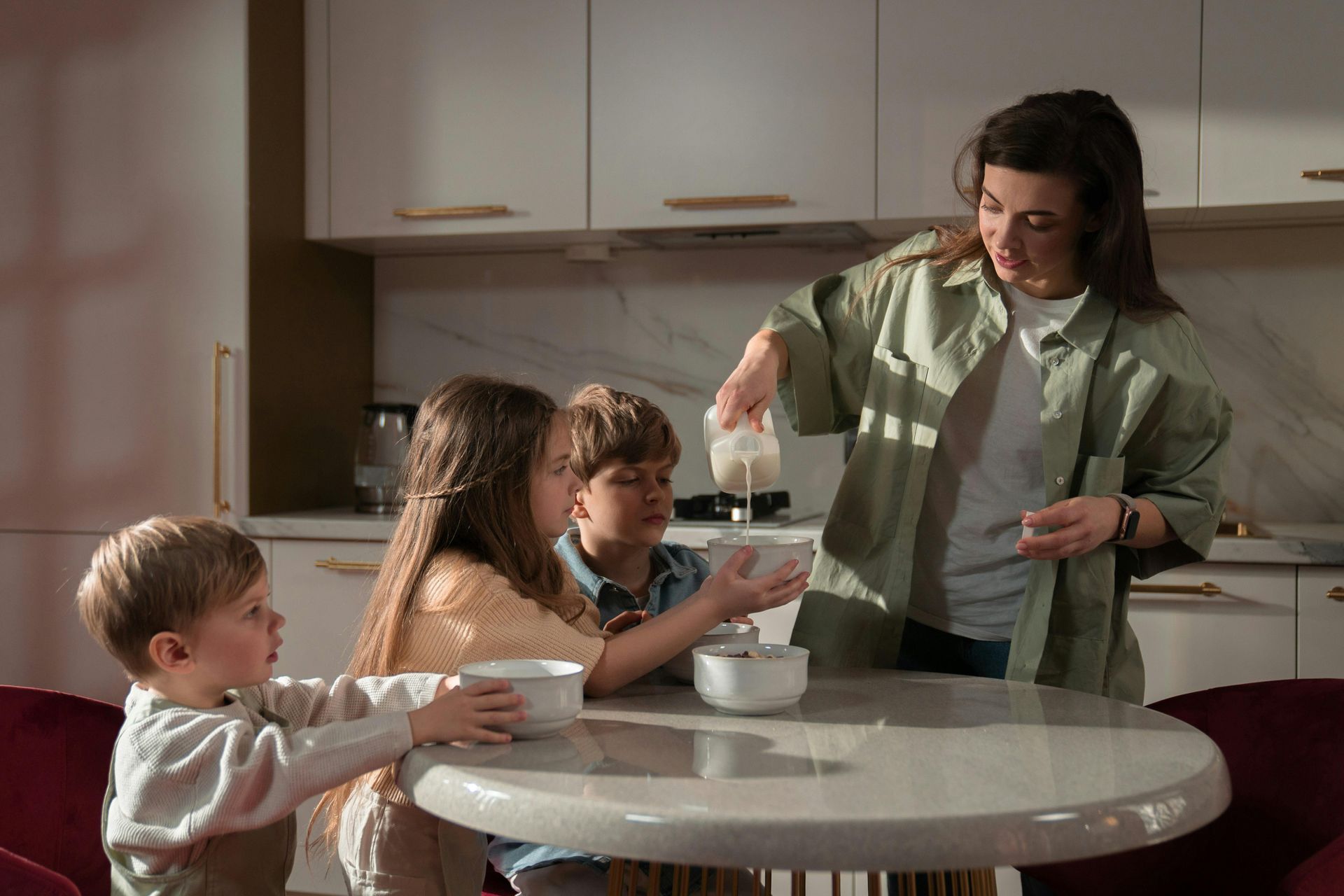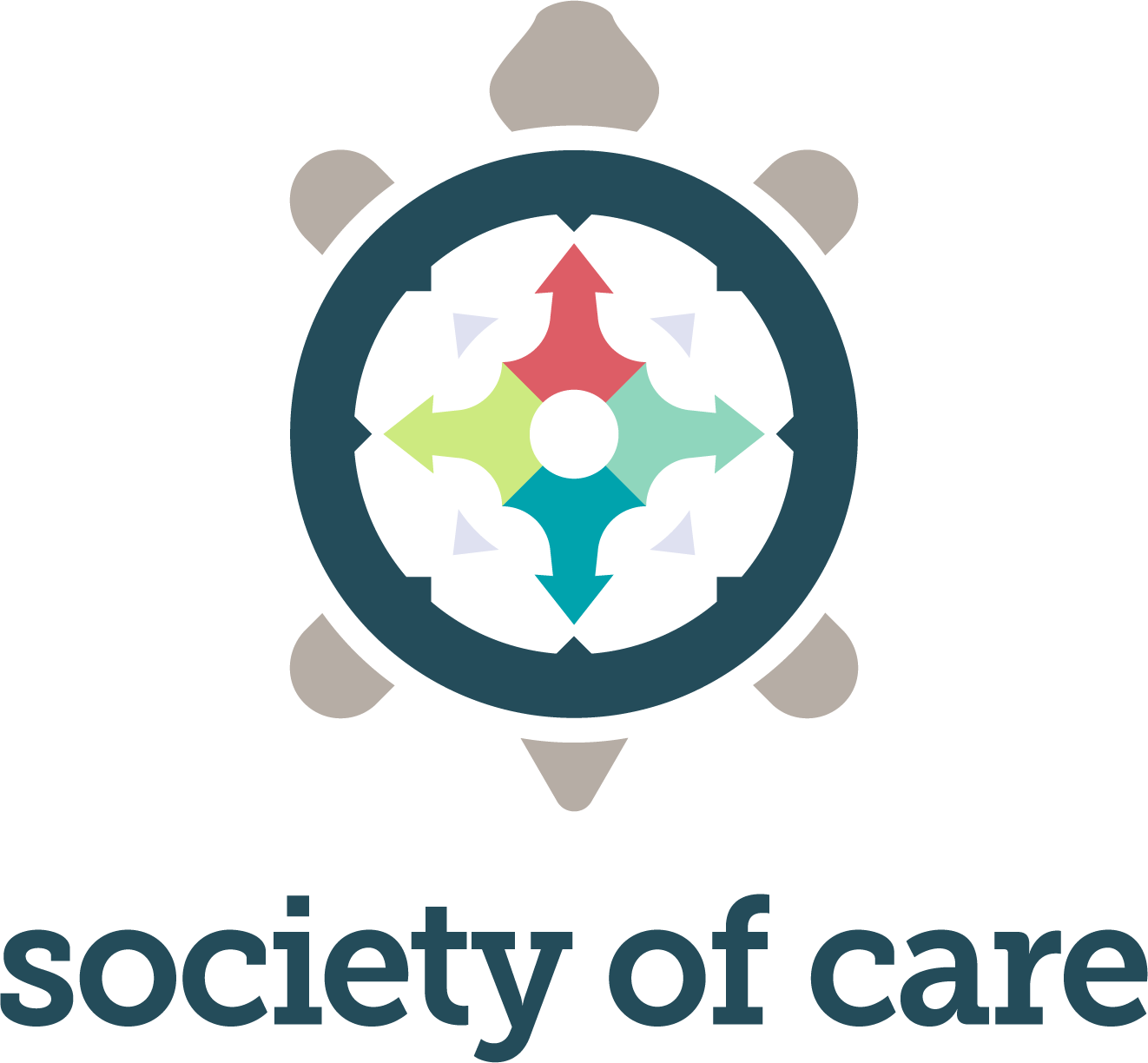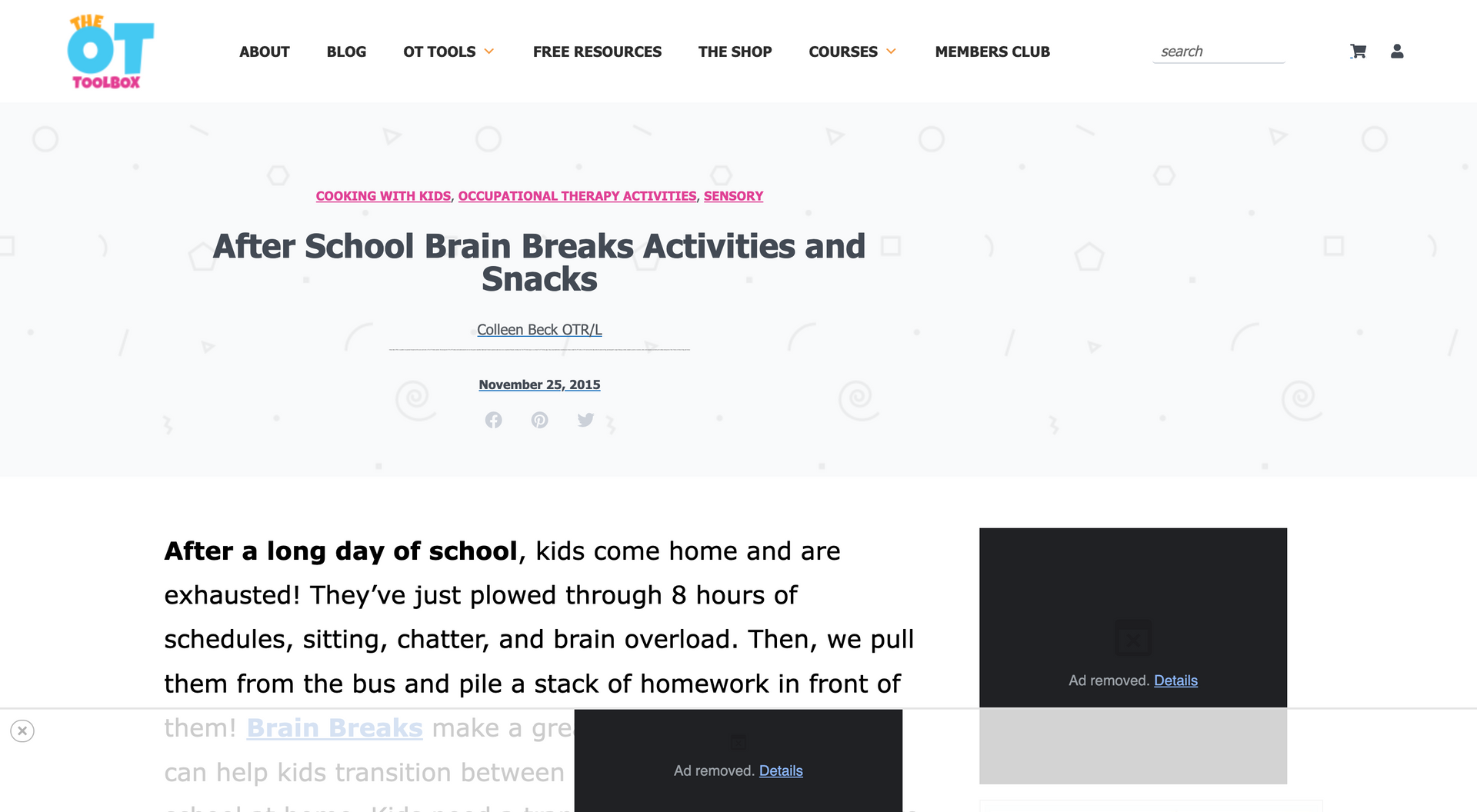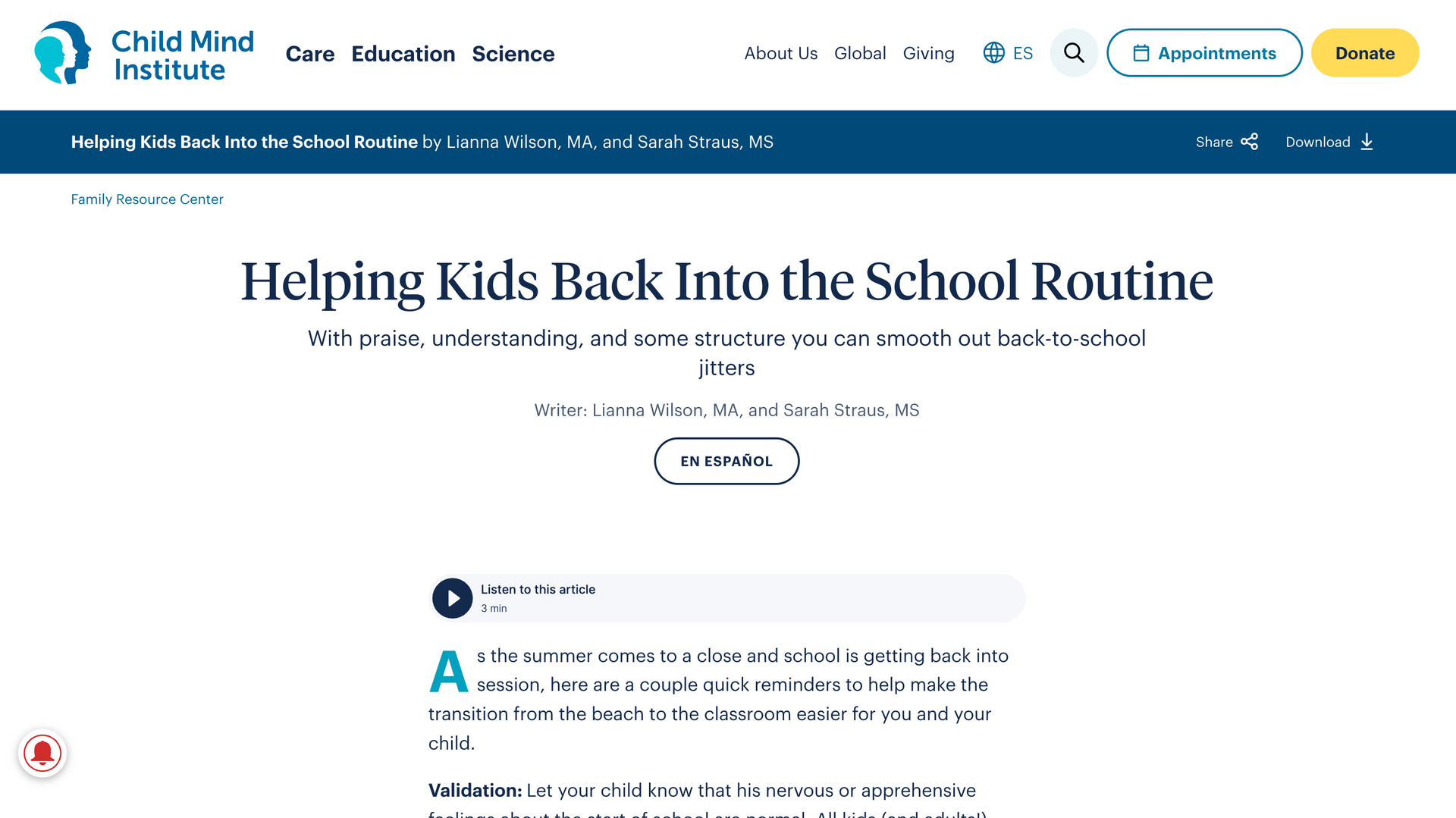Creating a Calming After-School Routine
As kids return to school and fall schedules start to take shape, many families experience a bumpy adjustment period in the afternoons. Long school days can be overstimulating and draining, especially for children with disabilities, sensory sensitivities, or emotional regulation challenges. That’s where a calming after-school routine can make all the difference.
At Society of Care, we know caregivers are often juggling a lot between pick-ups, therapy sessions, meals, and homework. Establishing a consistent, peaceful rhythm for after-school hours can help everyone feel more regulated and connected. It’s not about perfection, but about providing a sense of stability when children often need it most.
Why the After-School Window Matters
Children often “hold it together” at school, only to release their pent-up emotions the moment they get home. This is common and doesn’t mean they’ve had a bad day. It just means home is where they feel safest. A calming routine helps create a soft landing space, giving them time to unwind before shifting to evening responsibilities.
For many children, especially those with heightened sensory needs, the return home is the first moment they truly relax. Without a gentle structure in place, that release can feel chaotic. An intentional routine provides the security and predictability that helps prevent overwhelm.
Elements of a Calming After-School Routine
1. A Predictable First Step
Start with something consistent. Taking shoes off, grabbing a snack, or cuddling on the couch. Predictability gives kids a sense of safety after the unpredictability of school. Even small rituals like washing hands or feeding a pet can create a sense of comfort and order.
2. Sensory Regulation Time
Consider offering calming sensory input. For some children, it helps to have a choice in what type of regulation they need that day.
- A few minutes in a cozy corner with pillows or a weighted blanket
- Time on a swing or small trampoline
- Listening to music with noise-canceling headphones
- Gentle tactile play like putty, kinetic sand, or water beads
Sensory tools can help reduce the likelihood of meltdowns or shutdowns after a long day. Keep a small bin of options readily available and offer without pressure.
3. Nutrition and Hydration
Many children come home hungry or dehydrated. A healthy, protein-rich snack and water can go a long way in stabilizing mood and energy. Try to avoid sugary treats right after school. Instead, offer options like nut butter, cheese, fruit, or crackers. Letting your child help choose or prepare their snack can also add to the calming ritual.
4. Connection First, Questions Later
Instead of immediately asking about homework or their day, try being present and attuned. Sit beside them, offer a favorite toy or book, and let them decompress without pressure. Even five minutes of quiet connection can make a difference. This can be a time of nonverbal reassurance more than conversation.
5. Gradual Transitions
If your child has evening appointments or responsibilities, use visual timers or verbal countdowns. Transitioning from rest to responsibility works best when it doesn’t feel abrupt. You can also build in a buffer activity, like walking the dog or tidying up together, to act as a bridge between relaxation and the next task.
A Sample Routine
Every child is different, but here’s an example you can adapt:
- 3:30 – Arrive home, take off shoes and backpack
- 3:35 – Quiet snack time
- 3:45 – Sensory play or screen-free relaxation (coloring, puzzles, etc.)
- 4:15 – Optional light movement (walk, dance, trampoline)
- 4:30 – Begin homework or head to an appointment
- 5:00 – Free play or independent time
Try adjusting the structure to match your child’s energy levels. Some may need longer breaks, while others benefit from moving quickly into a task. Test different rhythms until you find what works.
Give Yourself Grace
You don’t need a perfect schedule. Just a consistent, flexible rhythm. If your afternoons feel chaotic, it’s okay to start small. Even one calming step, repeated daily, can begin to shift the tone of your afternoons.
Caregiving is demanding, and you’re doing important work by creating a home environment that supports your child’s emotional well-being. These small, steady efforts build trust and resilience.
Society of Care is here to support caregivers as they build routines that work for their unique families. Whether you're managing school transitions, therapy appointments, or daily life with multiple children, you're not alone.
Looking for more simple, supportive tools for the loved ones in your care? Enjoy these additional resources and explore our blog for ideas that help you nurture connection, one moment at a time. Or, Join our mailing list where we share more resources that accompany our blog posts.
Join Our Mailing List












